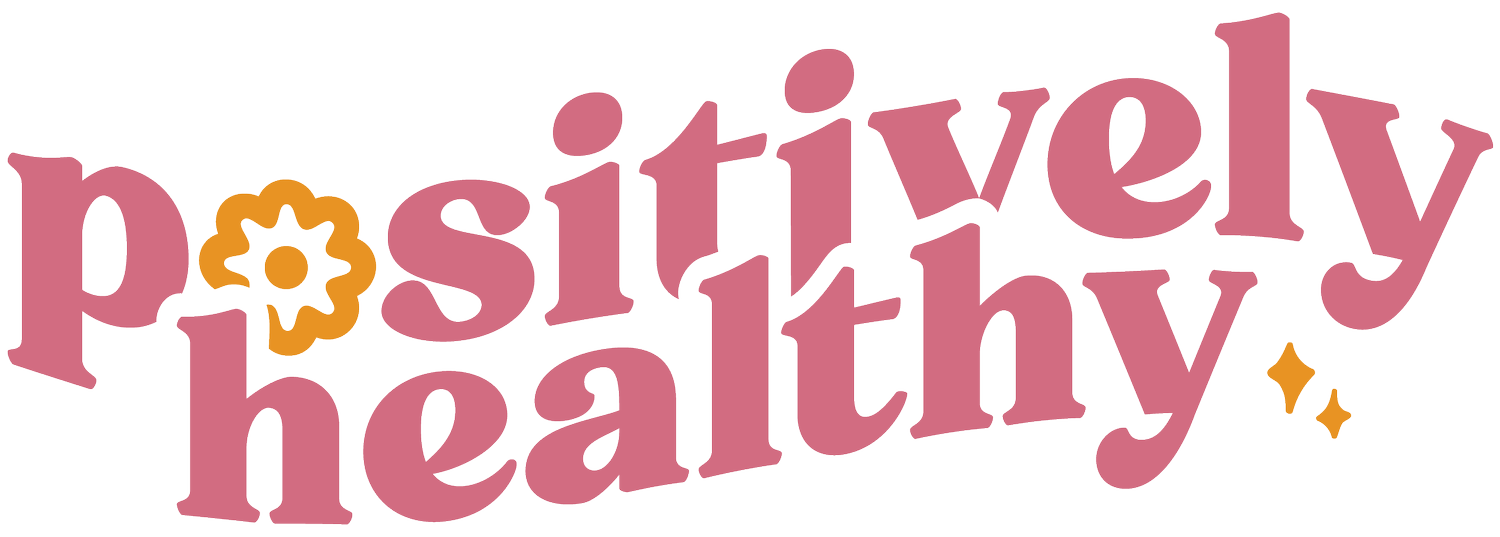Anxiety Calming Music
Stop just hitting "shuffle" on your relaxing playlist and start using music as the powerful wellness tool it's meant to be! I recently had a fascinating, mind-expanding conversation with Dr. Barbara Minton, PhD, a psychologist and researcher who has pioneered the therapeutic use of music to create specific brain states. Dr. Minton's work bridges her background as a music major with advanced training in neurofeedback, offering a non-pharmacological path to calming the mind, improving focus, and managing difficult emotional states.
Her core message is that music is an easily accessible, powerful tool—currently underutilized—that can significantly decrease depression, reduce anxiety around medical procedures, and even help people with ADHD. It's time to tune in and change your wellness routine!
Music: More Than Just a Soundtrack
Dr. Minton’s research emphasizes that it’s not just any music that creates a positive change. Because the brain naturally mimics frequencies it hears, music can be composed to specifically target and "train" brain networks that are stuck in patterns of anxiety, insomnia, or inattention.
In collaboration with master guitarist Peppino D'Agostino, Dr. Minton composed the album Calm the Storm to do exactly this. Pre- and post-brain imaging (EEG) showed remarkable shifts in brain configuration simply from listening to the targeted music.
Music as a Connector and Diagnostic Tool
Beyond its direct effect on brain waves, music can be an invaluable tool in connecting with teens:
Building Rapport: Simply asking a teen what music they listen to is a non-threatening way to build trust and rapport.
Gaining Insight: The lyrics, genres, and artists a teen loves offer a rich window into their internal life, emotions, and what their world is about—information that can be difficult to access otherwise.
Understanding Neurofeedback
Dr. Minton combines her music-based approach with neurofeedback, a sophisticated form of brain training.
How it Works: Electrodes are placed on the head to collect an EEG (a recording of brain waves). Based on advanced neuroscience, the provider can see which brain networks (e.g., anxiety, depression, attention) are over- or under-active.
The Training: The client is typically asked to listen to music or watch a movie. As their brain waves naturally move toward a healthier configuration, the music gets louder or the screen gets brighter, providing a reward that the brain likes. This operant conditioning trains the brain to adopt the desired pattern.
Neurofeedback is a powerful, non-medication alternative, especially for those who have not responded to talk therapy or coaching alone.
The Complexity of Arousal and Music Choice
It is a common misconception that if you are anxious, you should listen to calming music, or if you are depressed, you should listen to upbeat music. Dr. Minton emphasizes that music choice is far more complex and not one-size-fits-all.
Meeting Arousal Levels: People who are extremely activated (flooded with adrenaline and norepinephrine) may find soft, calming music makes them feel more agitated and insulted because it doesn't match their current high state of arousal.
Working With the Momentum: Dr. Minton's analogy is similar to hitting the gym. Just like you might need to cycle hard on a Peloton or go for a run to express that intense energy, some people need heavy metal or high-intensity music to meet their brain where it is. This is not about being calm; it's about introducing a powerful, rhythmic focus that "ties up" the activated brain, distracting it from rumination or trauma content, and then gradually allowing the system to downregulate.
When managing high arousal, the key is to find an activity or music that works with your momentum instead of against it.
Music and Insomnia: A Practical Strategy
For people, like the college music major I mentioned, who have trouble staying asleep (often waking around 2 or 3 a.m. due to high daytime arousal), Dr. Minton offers this strategy:
Lower Arousal During the Day: Use tools to keep your overall stress level down.
Shut Down Rumination: When you wake up, the critical step is to not worry about being awake. Worrying about being tired tomorrow is what keeps you awake.
Use Music to Occupy the Mind: Have a piece of music ready that is designed to be calming (like Calm the Storm). The music gives your brain something engaging to do besides ruminate. The melody helps to entrain your brain back into a sleep mode.
Key Takeaways and Resources
Be Individual: Your brain is unique. Don't rely on average research findings or generic "relaxing" playlists. Pay attention to how specific music truly makes you feel.
Duration of Neurofeedback: Research on ADHD shows that the benefits of neurofeedback can hold for at least 10 years after about 30 sessions. However, for more complex issues, 50-60 sessions may be necessary.
To learn more about Dr. Minton’s work and her music, visit musicandhealing.net.
If you are looking for a high-quality neurofeedback provider, Dr. Minton recommends looking for specialists certified by BCIA.org or members of ISNR (International Society for Neurofeedback and Research).

